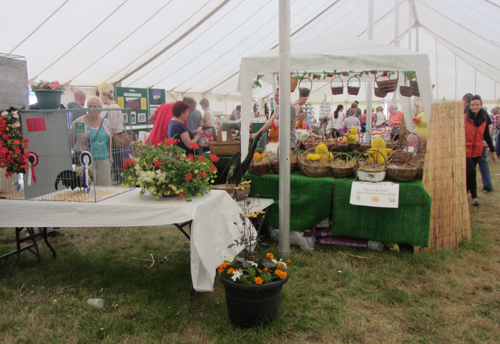Poultry Keepers Contract
This is a voluntary code of practice concerning the welfare of domestic fowls under your care and management. The Contract is intended to encourage poultry keepers to adopt the highest standards of husbandry. This contract has been put together with the co-operation of the RSPCA and the Ministry of Agriculture, Fisheries and Food.
The basic requirements for the welfare of domestic fowl are a husbandry system appropriate to the health and the behavioural needs of poultry and a high standard of stockmanship.
Stockmanship is a key factor in poultry keeping because, no matter how acceptable the system may be in principle, without competent, diligent individuals the welfare of the birds cannot be adequately catered for.
On agreeing to this contact we undertake to abide by the following: -
1) To know the normal behaviour of poultry and watch closely for signs of distress or disease and, where necessary, take prompt remedial action.
2) To be able to recognise impending trouble in its earliest stages and be able to identify the cause and put matters right. If the cause is not obvious, or if the action is not effective to obtain veterinary or other expert advice as soon as possible.
3) To observe important indications of health such as alertness, clear bright eyes, good posture, vigorous movements if unduly disturbed, active feeding and drinking, and clean and healthy skin, shanks and feet. To pay attention to any departure from the normal.
4) To look for early signs of ill-health which may include changes in food and water intake, in preening, in ‘chatter’ and in activity. In laying birds this may also include a drop in egg production, and changes in egg quality such as shell defects.
5) To segregate and treat or, if necessary, humanely kill without delay any ailing birds, and any birds suffering from injury such as open wounds or fractures, or from prolapse of the vent.
6) To ensure that ventilation, heating, lighting, feeding, watering and all other equipment including flooring, particularly slatted or metal mesh ones, and perches) are designed, sited and installed so as to avoid risk of injury to birds.
7) To ensure that ladders, nest boxes, roosting areas and perches should not be so high above floor level to cause difficulty, or risk of injury, or allow droppings to fall on birds in lower tiers.
